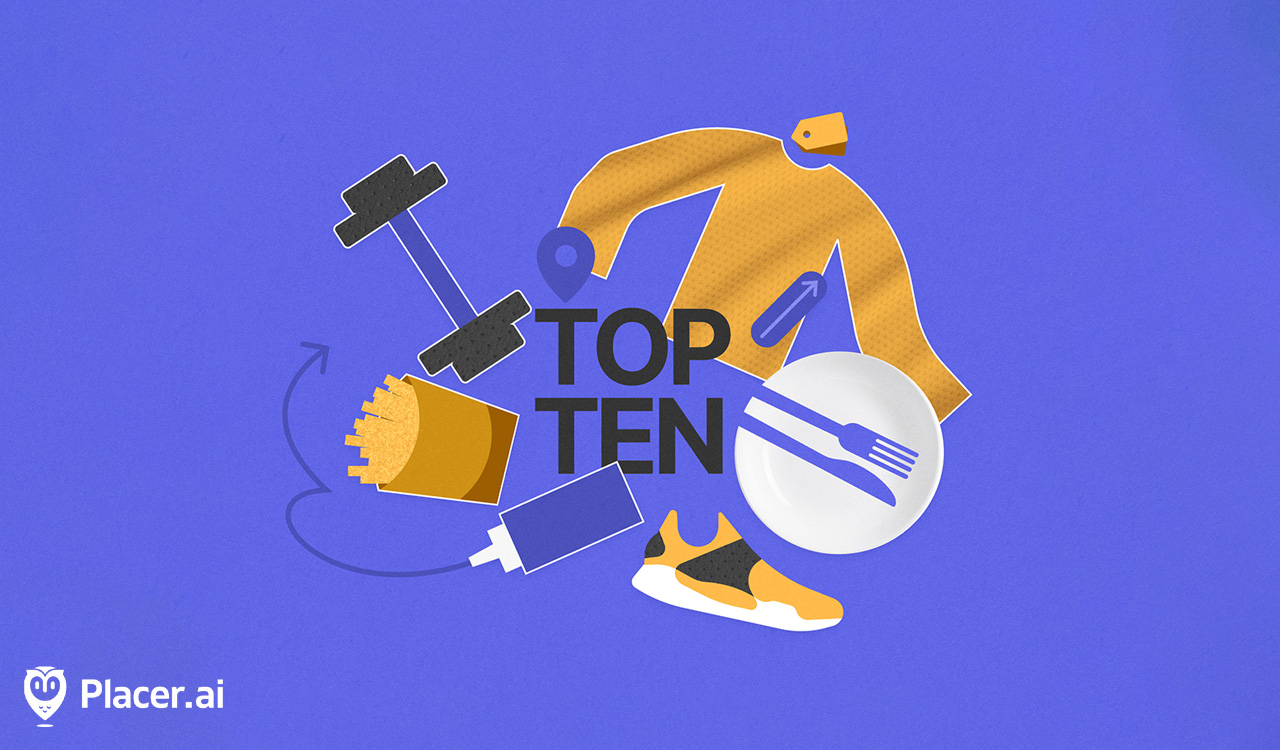The last five years of accelerated advancements in SEO marketing haven’t given retailers and brands time to even catch their breath. The purpose of business storytelling is, allegedly, to create alignment between business prospects and customers. And increasingly, retailers and brands are becoming content generators. But search engine optimization best practices are evolving faster than retailers can train their marketing teams.
When marketing teams write into the void, the void does not write back. Nor do customers engage with the void, nor do they convert. Most of us have had the experience of reading content that was quite obviously written for #someoneelse. But no brand leader wants their customers to feel that way!
The result is that there’s a lot of appallingly bad content out there. From long-form articles that were obviously generated by AI to Facebook Ads using slang that sounds more like Klingon than Gen Z speak, it’s become clear that many brands don’t know the basics, and retailers are doing SEO dead wrong.
Few people who run a brand, company, or franchise have time to keep up with search engine optimization best practices. But every successful business owner does need to know how to recognize quality content, or they need to employ someone who can.
SEO Marketing Mistakes
In the fast-paced realm of SEO marketing, brands and retailers are stumbling in seven crucial areas. From keyword stuffing that alienates readers to the illusion of evergreen content, many brands lack SEO finesse. Mistakes like neglecting target audiences and deploying obviously AI-written content can backfire. Crafting engaging, concise content, rich in sources and visuals, ensures alignment with evolving SEO best practices. And embracing authenticity isn’t just a trend, but an essential strategy for thriving in the dynamic SEO landscape.
In the immortal words of Dr. Suess, “The way to find a missing something is to find out where it’s not.” So, with that in mind, let’s talk about seven ways that retailers and brands are deeply failing at search engine optimization — and some easy strategies to course correct.
1. Keyword Stuffing
Ever read an article with the same word written multiple times in each paragraph? Excruciating. Don’t be the company producing this content. Keyword stuffing refers to using the same few keywords as much as possible on a webpage or article. It makes for an awkward reading experience. Whether a company uses AI and/or an SEO platform to generate content, the content still exists to influence the end reader. But for that to happen, people need to be engaged enough to read the content in the first place. Google’s algorithm also flags keyword-stuffed content, so it shows up less often in customer search queries. It’s a much better strategy to find peripheral (related) keywords and long-tail keywords on the same topic.
2. A Lack of Sources
So, what about content that has some dude prattling on about his opinion without sharing the foundational ideas behind his perspective? Or adding relevant sources to back up his assertions? Who hasn’t? Sources infuse content with value for the end reader. Sources also create relevance by ensuring that the content cites insights from credible topical experts. We recently talked about how celebrities are less influential than the “critical mass of easily influenced individuals” in their fan base. Like when Taylor Swift grants her legendary star power to a brand or product, quoting relevant sources gives industry-specific credibility. It differentiates the content as higher value than its generic, competition.
Quoting sources also creates the opportunity for free user-generated content (UGC). Most people will enthusiastically share any content in which they’re quoted. To further encourage sources to share promotional content on social media, retailers can make it easy for them. By emailing sources with suggested social media copy and graphics to share with their respective audiences, retailers can maximize their peripheral UGC for each piece.
3. Evergreen Is the Wrong Color
Evergreen content,––or content with no expiration date––seems great in theory. Who doesn’t want their content investment to live on forever? But the idea of evergreen content usually operates independently from the realities of what gives content value: original data, sources, fitting themes into current events, and more. We are talking about web content here, not “War and Peace” or “Jane Eyre.” By nature, non-literary website content like blogs, articles, eBooks, and white papers, can’t be evergreen because its relevance is subject to the ever-changing news cycle and current events.
Evergreen content is a marketing myth. Stats and cultural references don’t need to be updated regularly to continue generating traffic. Taking this a step further, search engine optimization works best with a “test and learn” mentality. Rather than invest tons of resources into something that may not resonate, content teams should regularly measure and adjust their strategy.
4. No Target Audience
When marketing teams write into the void, the void does not write back. Nor do customers engage with the void, nor do they convert. Most of us have had the experience of reading content that was quite obviously written for #someoneelse. But no brand leader wants their customers to feel that way! The first step in developing high-performing content is understanding its core buyer personas (who is buying the product) and customer use case (how customers use the product). Hubspot Academy suggests that companies ask themselves four key questions before starting their SEO-optimized editorial calendar:
- What are the buyer personas’ reading habits?
- What are competitors doing?
- What are people talking about on sites like Quora and Reddit?
- What can be learned from past SEO efforts––such as what type of content performs best, which keywords gain the most traction, what drives conversions, etc.
Once a brand has mastered these basics, it can explore creating content for each phase of the customer’s purchasing journey: Awareness, Consideration, Decision, Retention, and Advocacy.
5. Obvious AI-written Content
It’s terrifying to see how many companies are depending on AI, and AI alone, to determine the first impression (content!) that customers have of their brand. Yes, AI makes it easy to generate long-form content on any topic in minutes. But a “more is more” approach isn’t effective in SEO marketing. The reason? Crawlers start to dock content for length after a certain point, especially if it’s stuffed with repetitive keywords. Google is always looking for ways to effectively rank for quality. Now that AI-generated content has hit the main stage, verbiage alone isn’t going to cut it. Especially if that verbiage is awkwardly formal, enthusiastic, or otherwise unaligned with the brand’s voice.
Content management systems like Surfer SEO or SEMRush content templates show users exactly how unnecessary length can damage rankings. Brands that strive to be concise and offer actual value to the end reader won’t only get better SEO, but they’ll also be better positioned to connect and convert the end reader.
6. Lacks Subheadings or Images
Have I mentioned that online content and promotions are not written like classic novels? Subheadings and images may not be literary feats, but they DO keep readers significantly more engaged. They also significantly improve SEO rankings. And they’ll capture customer’s attention on Google Ads. Using a good number of subheadings positively impacts SEO rankings on websites, but the type of subheadings used also makes an impact. By using a variety of subheadings content will rank higher than using just one heading type.
Humans are visual creatures and, as such, so are Google crawlers. Adding a keyword-rich alt text and image description will help content excel while making the article more accessible for visually impaired readers. You know that stat everyone keeps quoting about the human attention span being shorter than that of a goldfish? Imagery and graphics help with that, too.
7. Jargon Over Substance
As a millennial, I’ve been targeted by enough cringe-worthy Facebook Ads to last a lifetime. “Hey BB chile! Feelin sad? We stan da bes fits! Shop w ur bae at XYZstore.com! (mushroom emoji, heart emoji, alien emoji, cowboy hat emoji, eggplant emoji!!!).” No thank you. Obviously, marketers want to use the right terminology for their target audience. And yes, it’s great to break the mold and make an impact. But ads like this tell the end reader virtually nothing about the product, they use zero keywords, and they’re flat-out offensive to most people in that age demographic. Plus, and this is a big fat plus, these ads have the opposite effect of making the end reader feel seen. They make the end reader feel compartmentalized and misunderstood. Remember: Next gens love authenticity.





